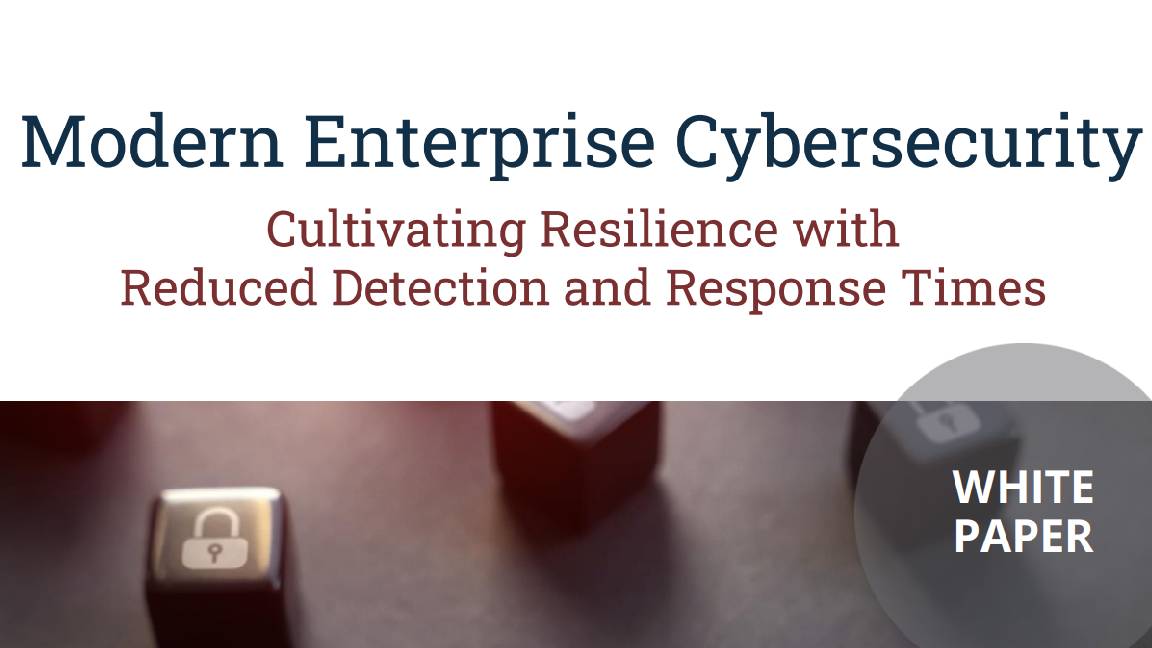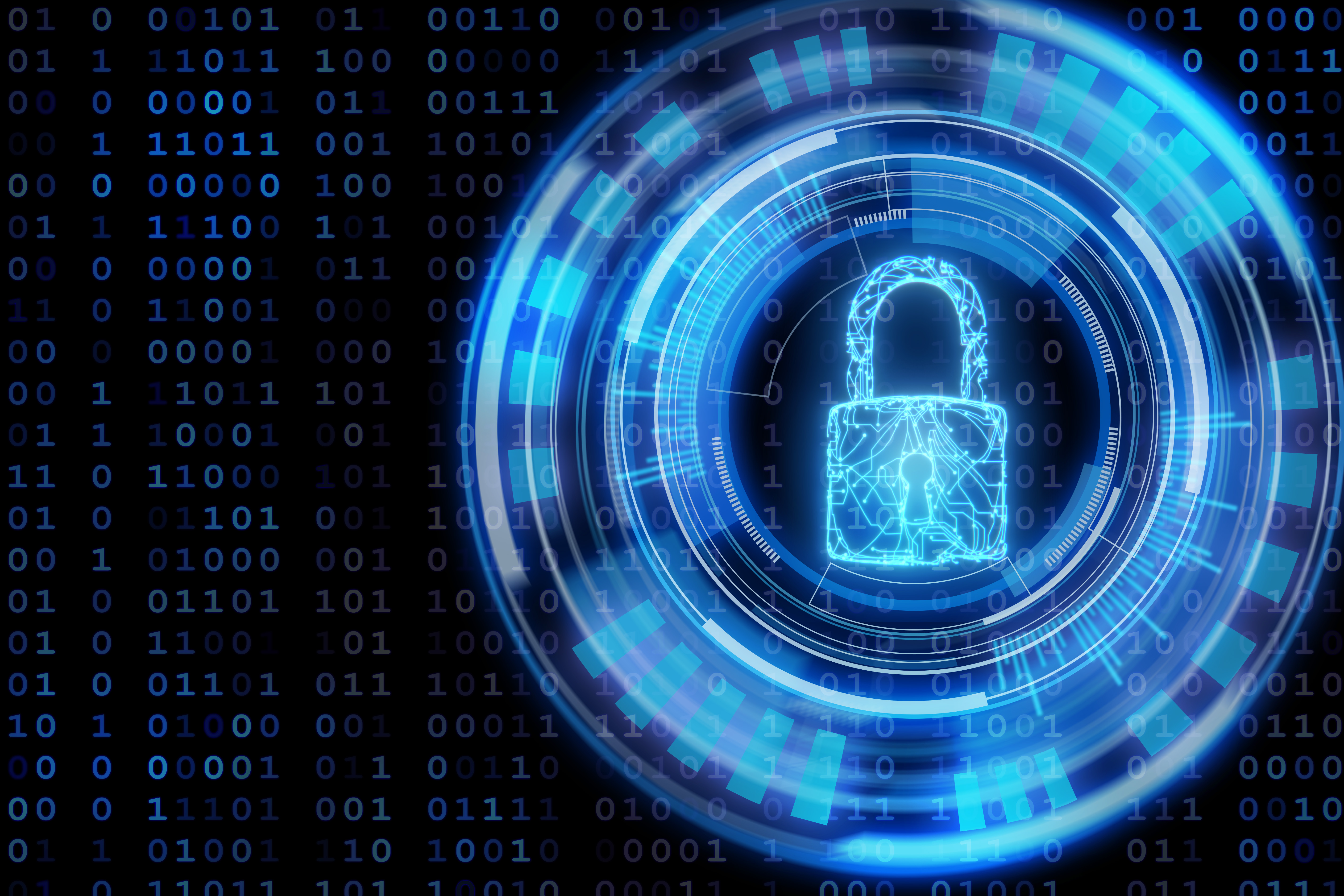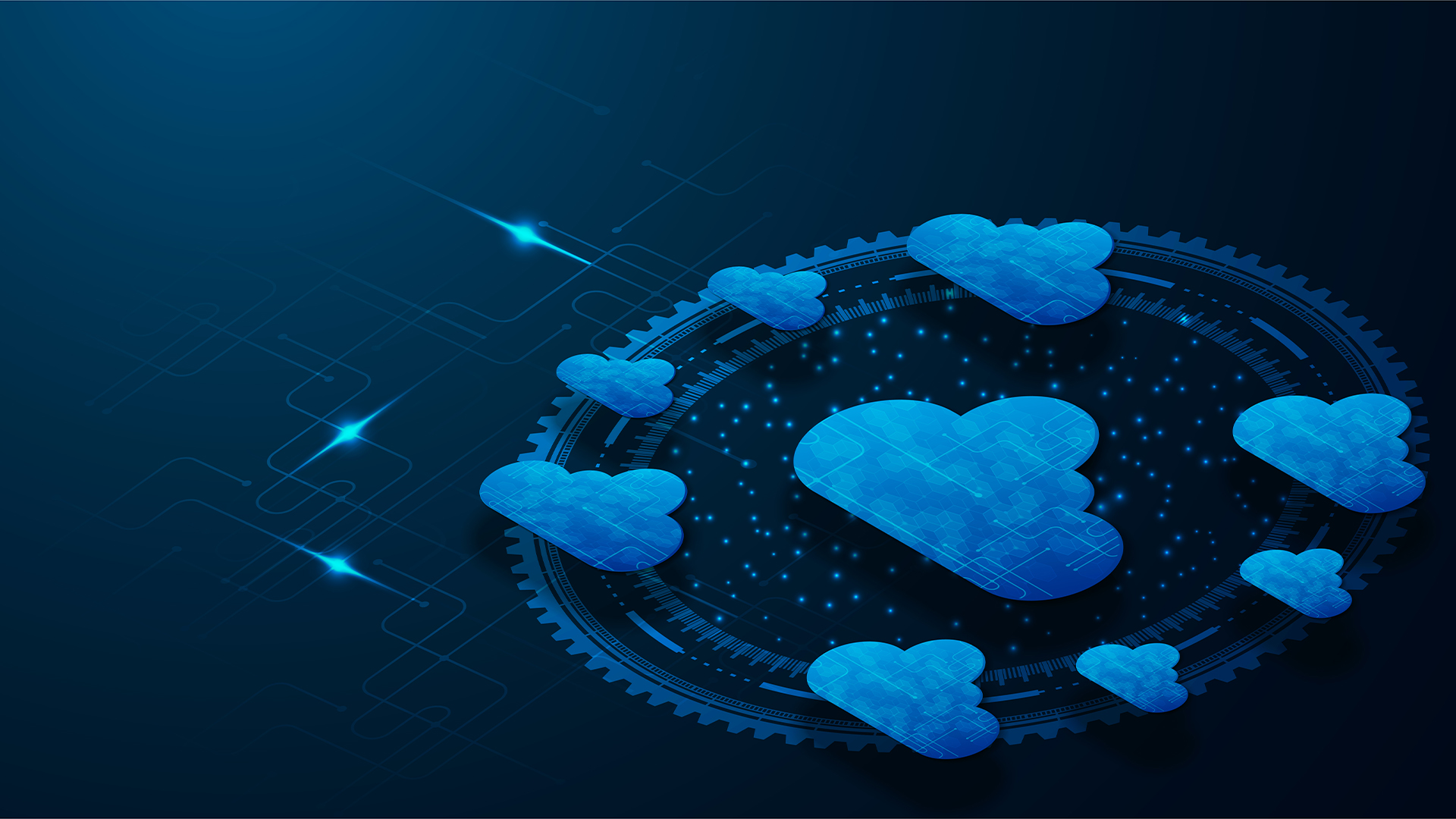Sponsored by BT Business
Does your security strategy show continuous improvement?
It’s important to do a regular check-up on your security systems and look at how you can implement continuous improvement as part of your security strategy

As the regulatory landscape evolves and cyber threats grow more sophisticated, staying compliant while building resilient systems is crucial for business longevity.
According to figures from IBM, in 2024, the global average cost of a data breach surged to $4.88 million, marking a 10% increase from the previous year, the largest jump since the pandemic. This spike is driven by growing expenses in lost business and post-breach responses. Moreover, organizations that deployed security AI and automation extensively saw significant cost savings of $2.2 million, highlighting the critical role of advanced technologies in reducing breach costs.
Organizations in the UK are also grappling with compliance challenges. A BT survey found that 61% of businesses are struggling to keep up with evolving cybersecurity measures, while 59% of medium-sized businesses reported cyber breaches in the past year. These growing threats underscore the importance of continuous security improvement, both to stay compliant and build resilience against ever-evolving attacks.
The need for regular security check-ups in a regulated world
Regular check-ups on your security systems are not just a best practice—they are essential. As cyber threats grow more sophisticated, regulations like NIS2 and GDPR continue to evolve, placing greater demands on businesses to stay compliant and protect their sensitive data. A reactive, one-off approach to security is no longer sufficient to safeguard your organization.
Conducting regular security assessments ensures that your organization remains compliant with the latest regulations while identifying and addressing new vulnerabilities before they can be exploited.
But compliance is more than just ticking boxes - it's an opportunity to enhance resilience and secure customer trust. Regular security reviews allow businesses to address potential gaps, ensuring compliance with regulations like GDPR, which imposes strict penalties of up to £17.5 million or 4% of global turnover for violations. Engaging in these check-ups strengthens the security posture and helps safeguard the business from fines and reputational damage.
“You should see compliance as an opportunity to develop a future-proof strategy – highlighting weaknesses and prioritizing resources,” BT said in its Cyber compliance, regulations, and standards fact sheet.
“It’s important to remember that achieving compliance within a regulatory framework is an ongoing process, as your organization’s needs are always changing and evolving.”
Continuous improvement as a pillar of regulatory compliance and resilience
Achieving regulatory compliance requires ongoing vigilance and adaptation. Regulations like NIS2 and GDPR are constantly evolving, demanding continuous improvement in security posture. This proactive approach involves regularly assessing, monitoring, and enhancing security systems to mitigate risks and ensure compliance. Almost half (46%) of data breaches in 2024 involved customer personal identifiable information, highlighting the importance of robust security controls, according to IBM”s Cost of a Data Breach report.
Regulatory frameworks emphasize the importance of resilience, particularly in essential sectors. The ability to quickly respond to incidents and recover from breaches is critical. As the landscape evolves, businesses must look beyond their own systems to consider third-party risks, too.
The Computing Technology Industry Association (CompTIA) noted in its 2024 state of cybersecurity report that businesses, in general, feel that while the threat landscape is intensifying, the industry as a whole and individual organizations have strengthened their security posture in response.
“Businesses have begun to consider cybersecurity as a critical function. The next stage requires a multi-faceted approach of processes, policies, people and products,” said Seth Robinson, vice president, industry research, CompTIA.
“Excessive cybersecurity measures can hinder overall progress, but if measures are too relaxed, it can lead to serious incidents, resulting in potentially greater negative impacts. This balancing act is a full-time job. With technology trends evolving and attack patterns changing, true equilibrium may be impossible to achieve.”
Proactive security strategies: The key to long-term resilience
Reactive security is no longer enough for true resilience. Organizations need proactive, continuously improving strategies to predict and prevent threats before they cause significant damage.
AI and automation are integral to advanced threat intelligence systems. They can accelerate the identification and containment of breaches and significantly reduce associated costs, according to IBM’s 2024 Cost of a data breach study. This further underscores the importance of adopting proactive approaches for long-term resilience.
Vulnerability management is another critical consideration. Regularly scanning for and addressing vulnerabilities ensures businesses close security gaps before attackers can exploit them. Studies show that organizations actively monitoring their attack surface have fewer incidents and faster recovery times.
Finally, employee training and awareness are vital. Human error remains a significant factor, with IT failures and human errors accounting for nearly half of all breaches in 2024. Educating employees on threat recognition can dramatically reduce the risk of internal breaches.
A proactive security strategy is essential for maintaining long-term resilience. By leveraging advanced threat intelligence, vulnerability management, and employee training, businesses can move from a reactive stance to one that actively prevents incidents, ensuring they are better prepared.
This is especially critical for managing third-party risks, which Gartner emphasizes will require businesses to establish incident playbooks and conduct regular exercises.
As Gartner's senior director analyst Richard Addiscott advises: “Start by strengthening contingency plans for third-party engagements that pose the highest cybersecurity risk... Create third-party-specific incident playbooks, conduct tabletop exercises and define a clear offboarding strategy involving, for example, timely revocation of access and destruction of data.”
This proactive approach ensures that even external vendors are tightly integrated into a business’s resilience strategy.
Resilience through continuous monitoring and response
Proactive measures are essential, but continuous, real-time monitoring and response are equally critical for a resilient security strategy. Real-time monitoring enables businesses to detect and contain threats as they occur, preventing them from escalating into full-scale incidents.
Continuous monitoring can serve as the backbone of effective security, providing visibility across the entire network. With 59% of medium-sized businesses in the UK experiencing cyber breaches in the past year alone, it is clear that organizations can no longer rely on sporadic assessments or passive defenses. Continuous monitoring, when combined with real-time response capabilities, allows businesses to detect threats early and take immediate action to minimize damage.
Incident response is crucial, as detection and response time directly impact the financial and reputational consequences of a breach. With stolen credential breaches costing an average of $4.81 million, continuous monitoring and automated response systems are essential for the swift isolation of infected systems and the blocking of suspicious traffic. These tools enhance resilience against fast-moving threats like ransomware and phishing, reducing recovery time and costs while meeting regulatory requirements for prompt reporting and response.
Future-proof your business with continuous security improvement
Businesses must go beyond static security measures and adopt a combination of proactive strategies, continuous monitoring, and real-time responses to stay ahead of potential attacks and maintain compliance with complex regulations like NIS2 and GDPR.
Embracing a mindset of continuous improvement is about building a robust security framework that adapts to new challenges. By regularly assessing and upgrading security measures, organizations can protect their data, safeguard customer trust, and minimize the costly impacts of breaches. With cyber threats growing in frequency and sophistication, businesses really cannot afford to be complacent.
Why BT is the trusted partner for compliance, security, and resilience
BT is a trusted partner that helps businesses maintain compliance and build long-term resilience through tailored security solutions, regulatory expertise, and proactive services for vulnerability management, threat intelligence, and AI-driven defense. BT's global reach, industry insights, and managed security offerings enable continuous improvement to address evolving threats and unique challenges.
In a world where 72% of businesses struggle to source cybersecurity talent, BT offers critical support, filling the gaps where internal resources fall short. With BT’s security expertise, businesses can focus on their core operations, knowing that their security needs are in expert hands.
Whatever your business, BT’s here to provide unmatched reliability, dedicated support, and robust cyber security. We’ve got your back. To find out more, click here.
Sign up today and you will receive a free copy of our Future Focus 2025 report - the leading guidance on AI, cybersecurity and other IT challenges as per 700+ senior executives
ITPro is a global business technology website providing the latest news, analysis, and business insight for IT decision-makers. Whether it's cyber security, cloud computing, IT infrastructure, or business strategy, we aim to equip leaders with the data they need to make informed IT investments.
For regular updates delivered to your inbox and social feeds, be sure to sign up to our daily newsletter and follow on us LinkedIn and Twitter.
-
 Five ways cyber criminals target healthcare and how to stop them
Five ways cyber criminals target healthcare and how to stop themSupported content Medical institutions are among the top targets for threat actors, here five major threats facing the healthcare sector and what organizations can do to stay secure
-
 Modern enterprise cybersecurity
Modern enterprise cybersecuritywhitepaper Cultivating resilience with reduced detection and response times
-
 IDC InfoBrief: How CIOs can achieve the promised benefits of sustainability
IDC InfoBrief: How CIOs can achieve the promised benefits of sustainabilitywhitepaper CIOs are facing two conflicting strategic imperatives
-
 Where will AI take security, and are we ready?
Where will AI take security, and are we ready?whitepaper Steer through the risks and capitalise on the benefits of AI in cyber security
-
 How ready is your company for NIS2?
How ready is your company for NIS2?Supported Content The EU’s latest cybersecurity legislation raises the stakes for enterprises and IT leaders - and ensuring compliance can be a daunting task
-
 Does every business need zero trust?
Does every business need zero trust?Supported content ‘Never trust, always verify’ and your business might reap more than just the security benefits
-
 In-house skills and co-management, what is the balance to optimize security skills needed for cyber resilience
In-house skills and co-management, what is the balance to optimize security skills needed for cyber resilienceSupported Content Balancing in-house cybersecurity skills with co-management is key to achieving robust cyber resilience, ensuring businesses are equipped to counter evolving threats effectively
-
 Securing a multi-cloud environment
Securing a multi-cloud environmentSupported Content With businesses increasingly opting to use a variety of cloud providers, ensuring complete security is more important than ever



